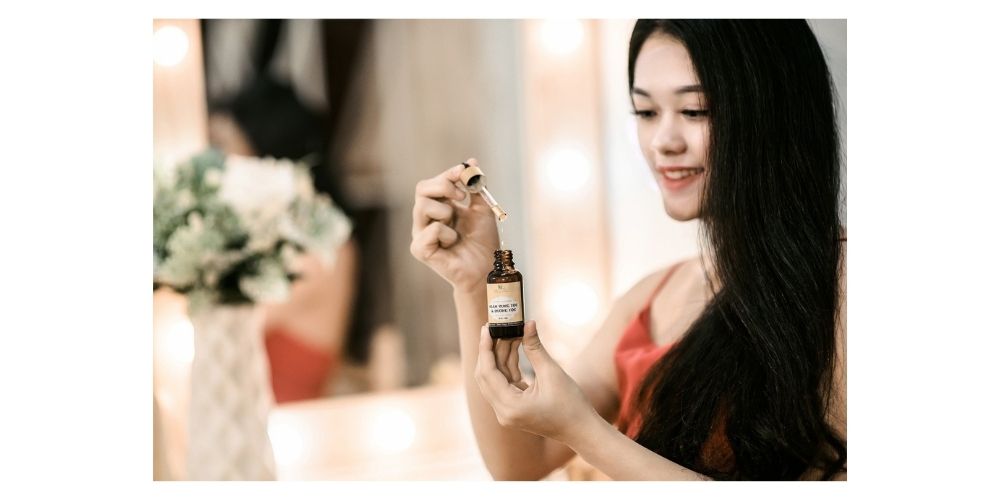Here is a list of countries and their hair secrets they have been using for ages.
1. Japan and China: Camellia Oil
Asians have since quite a while ago known the advantages of camellia oil for hair that looks like they have attached bundles with closure.
With abundant important nutrients like A, B, C, and E and a captivating homegrown smell, the oil—called Tsubaki in Japan and "tea seed oil" in China—likewise contains the very fundamental unsaturated fats olive oil is known for.
Incredible as a scalp conditioner and solid hair development agent, some accept the oil can again return tone to silver hair. Japanese magnificence brand Shiseido even uses it as the mysterious fixing in its mascara.
2. West Africa: Black Soap
In the Western world, we think of cleansers as fundamentally being unadulterated and white.
You'll rethink this after one wash with an African dark cleanser.
Generally sent out into the U.S. from Ghana, however, utilized all over West Africa, the knotty earthy colored cleaner is produced using coconut and palm oils, cocoa case, and the remains of cocoa units and plantain skins (the justification of its dim shading).
This incredible (and normal) cleaning agent leaves skin smooth and functions admirably as an explaining cleanser that will not strip or over-dry your hair.
3. : Amla Oil
You can consider amla oil as the insight of the people of old—this oil got from the gooseberry plant has been a backbone of ayurvedic medication for quite a long time.
With a solid musky aroma and dull shading, this oil is ideal for raven-haired wonders.
4. Egypt: Henna
The beauty parlors in old Egypt were utilizing henna to color their client's hair a rich red shading centuries prior.
The renowned item is produced using a blooming plant and is used today all around the Middle East and India for coloring hair and even stubbles.
Embraced by the West during the 1800s, when a vogue for Orientalism moved through Europe, henna was subsequently promoted in America by redhead Lucille Ball.
As a result, henna is broadly accessible at regular food stores. Yet, many don't realize that other than passing on the hair, it likewise can infiltrate dull and harmed hair, leaving each strand thick and gleaming.
5. Morocco: Argan Oil
Alright, so perhaps this excellence secret that wasn't all around kept argan oil is quickly turning into the must-have fixing—while there were just 2 haircare items with argan oil on the U.S. market in 2007, there were more than 100 out of 2011.
So it appears we've at last gotten on to what Moroccan ladies have known for quite a long time—that the oil, produced using the portions of the argan tree (which fills in Morocco), is a fantastic lotion for hair.
Generally delivered by ladies' cooperatives, the U.S. interest in argan oil has had a colossal financial effect in Morocco—be certain that the argan oil you purchase is unadulterated and delivered reasonably and economically.
6. Hawaii: Awapuhi
Awapuhi, a kind of Hawaiian ginger, is a universally handy plant used to fix everything from toothaches to parasites.
Unfortunately, developed blossoms produce a disgusting juice like aloe vera gel.
So Hawaiian ladies have customarily pressed out and used to add sheer quality and try to please hair, giving the plant its false name, the "cleanser ginger."
Embraced in the lower 48 by Paul Mitchell, the hydrating juice is promoted to have benefits like a keratin treatment.
7. Local American: Yucca
Local American clans of the southwest utilize the yucca leaves, a broadly discovered plant otherwise called soapweed, as a fix for hair and skin issues like dandruff, balding, and psoriasis.
A foamy cleanser can be made by crushing the root into a powder—there are even YouTube recordings telling you the best way to make your own.


